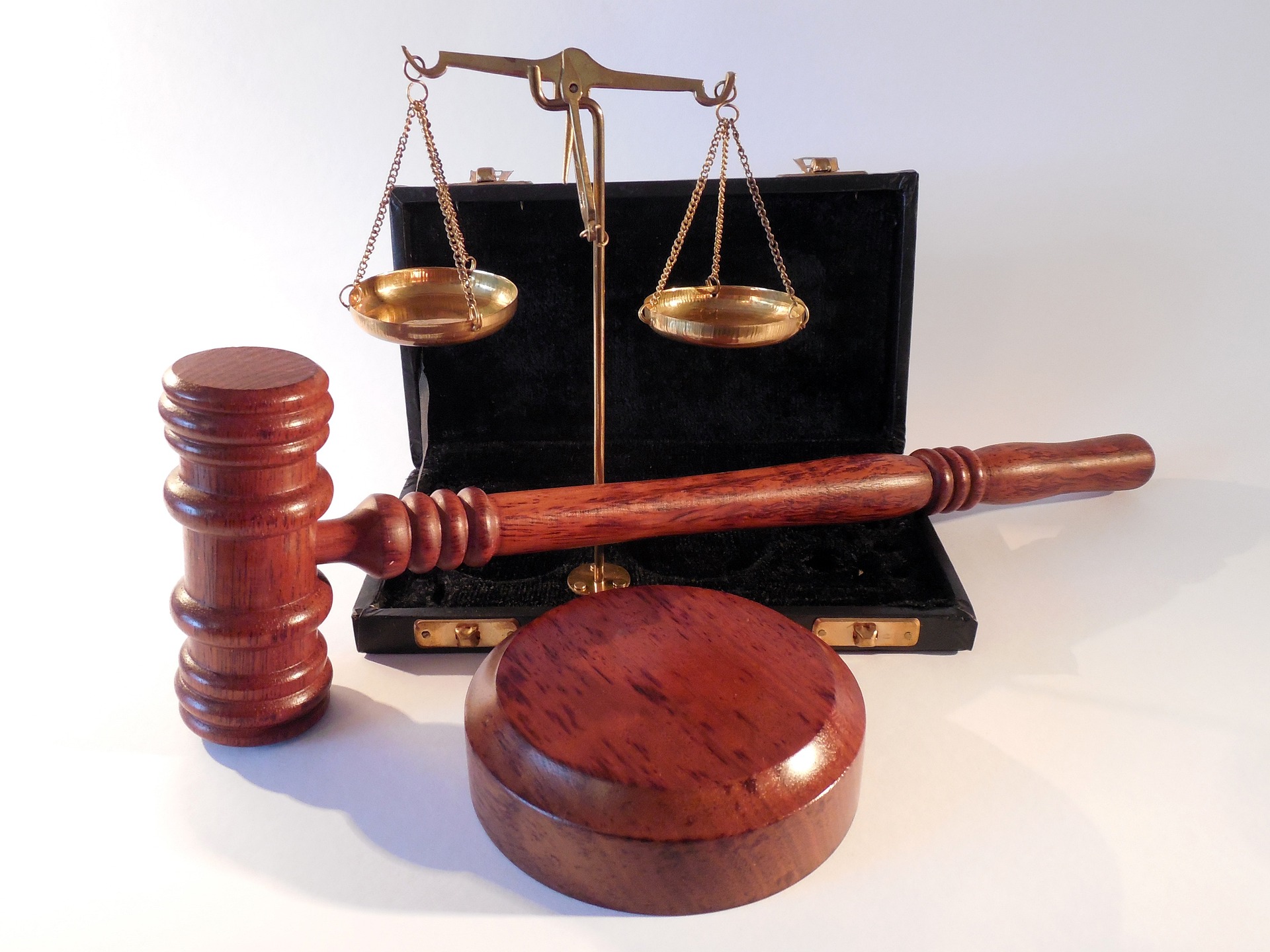Analyzing the Legalities of Autonomous Vehicles: A Look into the Future
Introduction: As science fiction becomes reality, autonomous vehicles are no longer a concept of the future but a present reality. This article delves into the legal complexities that surround this burgeoning technology, examining the implications of autonomous vehicles on road safety regulations, insurance claims, and liability laws.
Autonomous Vehicles: A Brief History
The concept of self-driving vehicles has been a staple of science fiction literature for decades. However, it was not until the early 21st century that technology began to catch up with these imaginative predictions. The rapid advancements in artificial intelligence and machine learning have accelerated the development of autonomous vehicles, with tech giants like Tesla, Uber, and Google leading the charge. Yet, as these vehicles become more commonplace, the legal system grapples with the complex task of adapting to this new paradigm.
The Current Legal Landscape
At present, laws regarding autonomous vehicles vary widely across jurisdictions. In the United States, for instance, each state has the authority to regulate the testing and operation of self-driving cars, leading to a patchwork of regulations. Some states, like California and Nevada, have embraced the technology, passing legislation that explicitly allows for the testing and operation of autonomous vehicles. Other states have yet to address the issue, leaving a legal gray area.
Implications for Traffic Laws and Insurance
The advent of autonomous vehicles poses significant challenges for traffic laws and insurance policies. Traditional traffic laws are predicated on the assumption that a human is behind the wheel, making decisions and controlling the vehicle. But when an autonomous vehicle is involved in an accident, who is at fault—the car’s owner, the manufacturer, or the software developer? This question is further complicated by the fact that current insurance models are ill-equipped to address these scenarios, as they typically assign liability to the driver.
Autonomous Vehicles and Liability Laws
As autonomous vehicles become more prevalent, there will likely be a shift in how liability is assigned in the event of an accident. Some legal experts suggest that liability may shift from the driver to the vehicle manufacturer or the developer of the autonomous software. This shift could lead to an increase in product liability lawsuits, where injured parties seek damages from manufacturers for defects in their autonomous vehicles.
The Future of Autonomous Vehicle Legislation
As the technology continues to evolve, so too will the legal landscape. Legislators and regulators will need to strike a balance between fostering innovation and ensuring public safety. Moreover, they will need to navigate thorny issues such as data privacy and cybersecurity, which are intrinsic to the operation of autonomous vehicles. The road ahead is undoubtedly complex, but with thoughtful legislation and regulation, we can harness the benefits of autonomous vehicles while mitigating their risks.
In conclusion, the rise of autonomous vehicles presents a unique challenge to the legal system. As lawmakers grapple with the implications of this technology, it is clear that the laws of yesterday may not suffice for the realities of tomorrow. As such, this is a field ripe for legal exploration and innovation, promising a fascinating journey ahead for legal scholars, practitioners, and the public at large.





